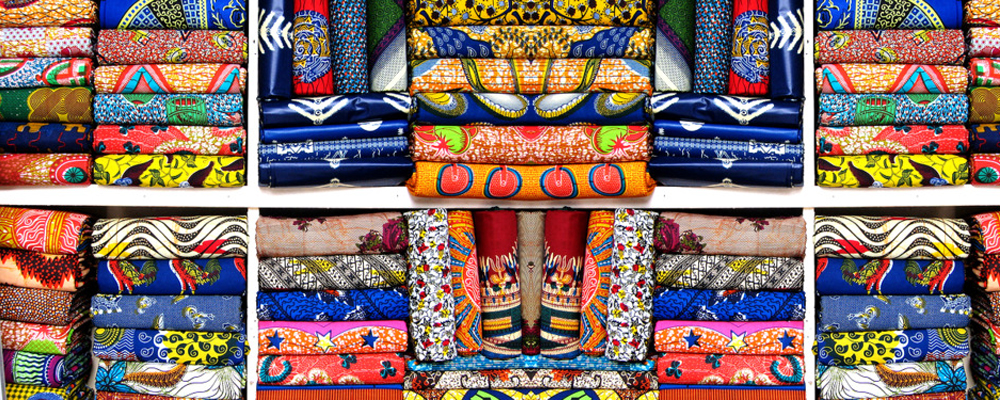How Can We Save the Textile Mills?
The textiles industry in Nigeria matters…BusinessDay reported that “in 1980s, the Nigerian textile market had become the third largest in Africa, with over 180 textile mills and over 500,000 direct and indirect jobs.” At this time textile imports were banned.
However, in 1997, the ban on importation of textiles was lifted and cheap imports from China and India flooded into Nigeria and killed off the textile industry. Over 50 companies had closed down, while about 80,000 employees had lost their jobs.
To save the situation, textile imports were again banned in 2004. This new ban came with a bailout fund of N100b for the textile manufacturers plus reduced duties for the importation of raw materials for textile manufacturing. The Bank of Industry has said about N60bn has been disbursed to various beneficiaries under the intervention scheme, which led to the re-opening of the United Nigeria Textile Limited in Kaduna. Capacity utilization had increased from 40% to 61%. However even with the ban in place Nigeria still imported about N300bn worth of textiles annually, per the National Union of Textile Garment and Tailoring Workers of Nigeria. In fact, Suresh Bakhijani, Indian deputy high commissioner to Nigeria, revealed that Nigeria had imported textile products worth $138 million within one year from India.
By 2015, we came full cycle and have unbanned textiles imports again.
The arguments for this new policy is simple, we banned, but imported textiles are still in Nigerian markets, true. So the ban was not working. The other argument is that Nigeria signed up to the Common External Tariff (CET) and thus, we cannot close our borders to trade, we can at best impose an Import Adjustment Tariff.
Both arguments show a failure of strategic policy, and decision making
Let’s take the Common External Tariff (CET)….it is important to understand that there is nothing like free trade, no nation opens up her borders to imports…none. I give a few examples.
China Imposed Anti-Dumping Measures on Korean Polyester
China has initiated temporary anti-dumping measures against South Korean imports of polyester staple fiber, state media reported on November 2002. The decision followed a probe into claims, last year the imports were hitting domestic polyester staple fiber producers hard.
So no one opens her borders because they signed a piece of paper..…
So what can Nigeria do?
- Subsidize local textile production: Give the local textile companies a 90% rebate on cost of generated Power. According to the textile union “Between 30% and 35% of textile and garment manufacturing costs are energy related expenses. thus give textile plants zero percent CBN interest loan to build embedded power plants or pipelines to get gas to their factories.
- Strategic imposition of tariffs: Allow me give an illustration how a import tariff should work, let us review the British Calico Acts (1690-1721).
In the late 17th century, The UK Parliament began to see a decline in domestic textile sales, and an increase in imported textiles from places like China and India. Seeing the textile importation as a threat to domestic textile businesses, the UK Parliament passed the Calico Acts and by 1813 the import duty on Indian cotton goods stood at 85%. By 1830 British cotton textiles dominated the world market and the Indian cotton textile industry was in ruins.
The Calico Acts acted as effective trade barriers, which allowed Britain to build up its cotton industry with technology, specifically the steam engine. The trade barriers allowed for British textile industry to grow and learn to make cotton textiles as efficiently as the Indians did without the threat of foreign competition. Once the local British textile firms could produce cotton as cheaply as the Chinese and the Indians, the UK lifted the ban on cotton and began to export. “The goal of protectionism is to allow an industry to develop until it is able to compete in international trade. Once the industry is competitive on global markets, you no longer need domestic tariffs and they can be removed” This is effective where the local market already has latent capacity that can be deployed.
So in Summary, Give the local textile companies local support, for instance, subsidized loans, subsidized diesel, subsidized gas to power gas plants, this will drop their prices and kill off imports. Consider a temporary tariff hike to give the local mills time to adjust their operations.
The goal should not be protectionism, as a destination but as a pathway to ensuring local textile market survives and creates jobs.
It’s our problem, we can fix it.
